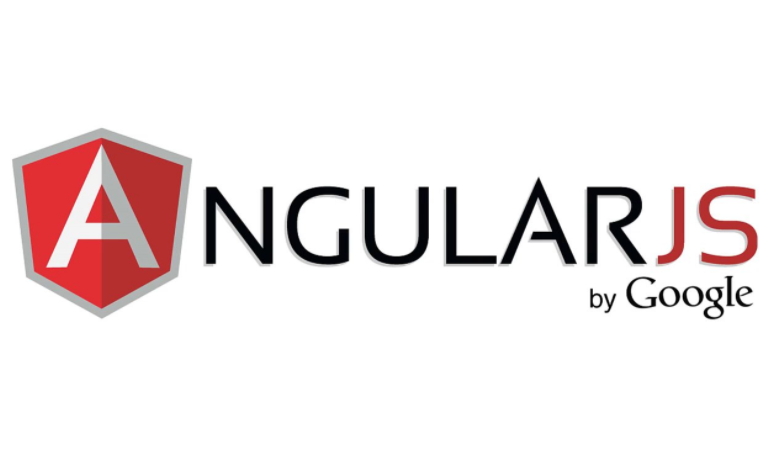10 Best Javascript Frameworks
1. AngularJS

AngularJS (commonly referred to as “Angular.js” or “AngularJS 1.X”) is a JavaScript-based open-source front-end web application framework mainly maintained by Google and by a community of individuals and corporations to address many of the challenges encountered in developing single-page applications. The JavaScript components complement Apache Cordova, the framework used for developing cross-platform mobile apps. It aims to simplify both the development and the testing of such applications by providing a framework for client-side model–view–controller (MVC) and model–view–viewmodel (MVVM) architectures, along with components commonly used in rich Internet applications. In 2014, the original AngularJS team began working on Angular (Application Platform). SOURCE
2. React

In computing, React (sometimes styled React.js or ReactJS) is a JavaScript library for building user interfaces. It is maintained by Facebook, Instagram and a community of individual developers and corporations. React allows developers to create large web-applications that use data and can change over time without reloading the page. It aims primarily to provide speed, simplicity, and scalability. React processes only user interfaces in applications. This corresponds to View in the Model-View-Controller (MVC) pattern, and can be used in combination with other JavaScript libraries or frameworks in MVC, such as AngularJS. SOURCE
3. Ext JS

Ext JS is a pure JavaScript application framework for building interactive cross platform web applications using techniques such as Ajax, DHTML and DOM scripting. Originally built as an add-on library extension of YUI by Jack Slocum April 15, 2007, Ext JS includes interoperability with jQuery and Prototype. Beginning with version 1.1, Ext JS retains no dependencies on external libraries, instead making their use optional. SOURCE
4. Ember.js

Ember.js is an open-source JavaScript web framework, based on the Model–view–viewmodel (MVVM) pattern. It allows developers to create scalable single-page web applications by incorporating common idioms and best practices into the framework. Ember is used on many popular websites, including Discourse, Groupon, LinkedIn, Vine, Live Nation, Nordstrom, Twitch.tv and Chipotle. Although primarily considered a framework for the web, it is also possible to build desktop and mobile applications in Ember. The most notable example of an Ember desktop application is Apple Music, a feature of the iTunes desktop application. SOURCE
5. Backbone.js

Backbone.js is a JavaScript library with a RESTful JSON interface and is based on the model–view–presenter (MVP) application design paradigm. Backbone is known for being lightweight, as its only hard dependency is on one JavaScript library, Underscore.js, plus jQuery for use of the full library. It is designed for developing single-page web applications, and for keeping various parts of web applications (e.g. multiple clients and the server) synchronized. Backbone was created by Jeremy Ashkenas, who is also known for CoffeeScript and Underscore.js. When handling the DOM Backbone.js adopts an imperative programming style, in contrast with a declarative programming style (common in AngularJS using data-attributes). SOURCE
6. GWT

Google Web Toolkit (GWT /ˈɡwɪt/), or GWT Web Toolkit, is an open source set of tools that allows web developers to create and maintain complex JavaScript front-end applications in Java. Other than a few native libraries, everything is Java source that can be built on any supported platform with the included GWT Ant build files. It is licensed under the Apache License version 2.0. GWT emphasizes reusable approaches to common web development tasks, namely asynchronous remote procedure calls, history management, bookmarking, UI abstraction, internationalization, and cross-browser portability. SOURCE
7. Knockout

Knockout is a standalone JavaScript implementation of the Model-View-ViewModel pattern with templates. The underlying principles are therefore:
- a clear separation between domain data, view components and data to be displayed
- the presence of a clearly defined layer of specialized code to manage the relationships between the view components
The latter leverages the native event management features of the JavaScript language. These features streamline and simplify the specification of complex relationships between view components, which in turn make the display more responsive and the user experience richer. SOURCE
8. Vue.js

Vue.js (commonly referred to as Vue; pronounced /vjuː/, like view) is an open-source progressive JavaScript framework for building user interfaces. Integration into projects that use other JavaScript libraries is made easy with Vue because it is designed to be incrementally adoptable. Vue can also function as a web application framework capable of powering advanced single-page applications. SOURCE
9. Dojo

Dojo Toolkit (stylized as dōjō toolkit) is an open source modular JavaScript library (or more specifically JavaScript toolkit) designed to ease the rapid development of cross-platform, JavaScript/Ajax-based applications and web sites. It was started by Alex Russell, Dylan Schiemann, David Schontzler, and others in 2004 and is dual-licensed under the modified BSD license or the Academic Free License (≥ 2.1). The Dojo Foundation is a non-profit organization created with the goal to promote the adoption of the toolkit. SOURCE
10. Polymer

Polymer is an open-source JavaScript library for building web applications using Web Components. The library is being developed by Google developers and contributors on GitHub. Modern design principles are implemented as a separate project using Google’s Material Design design principles.
Polymer is used by a number of Google services and websites, including the redesigned YouTube, YouTube Gaming, the redesigned Google Earth, Google I/O websites, Google Play Music, redesign of Google Sites and Allo for web. SOURCE